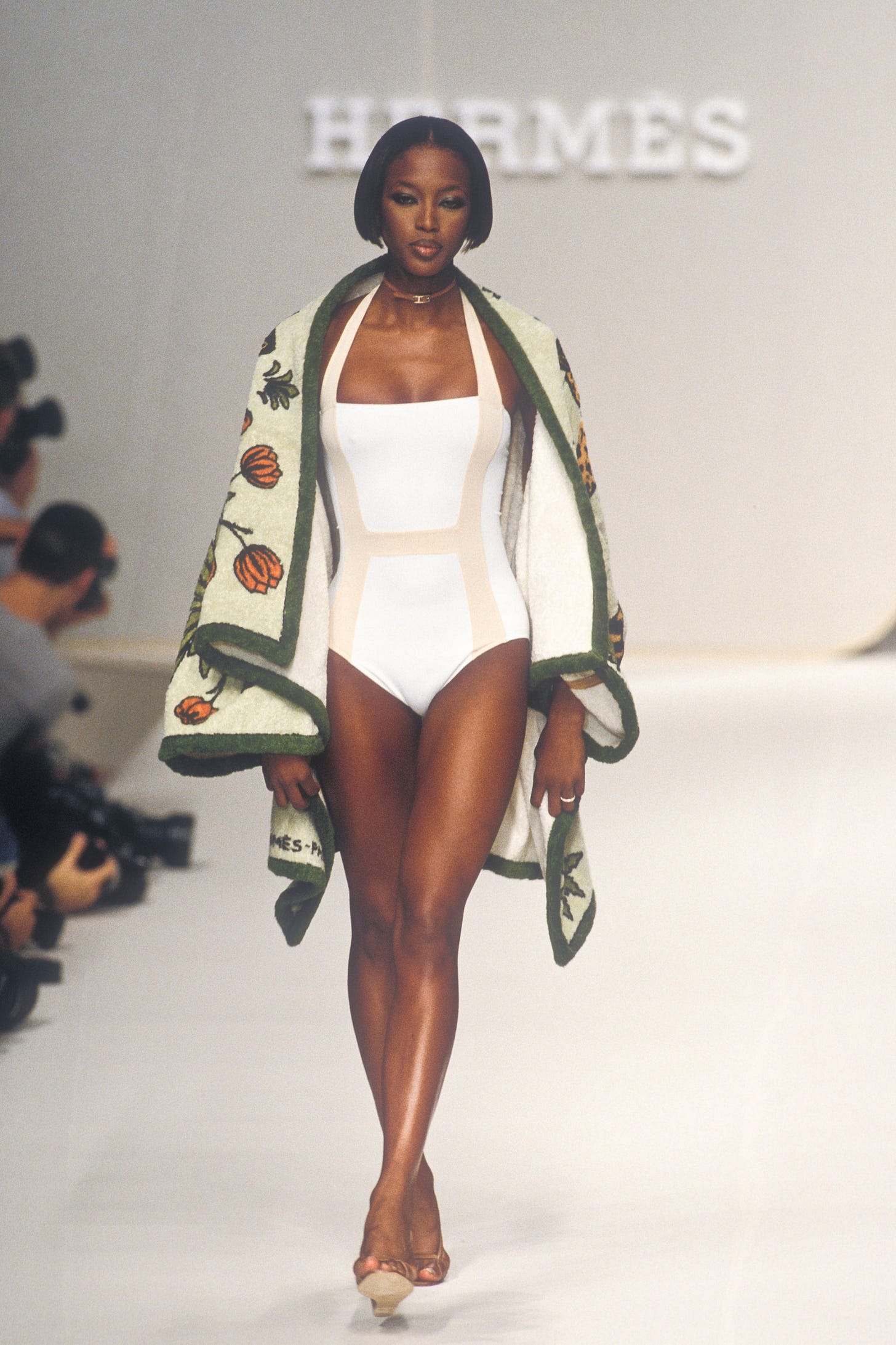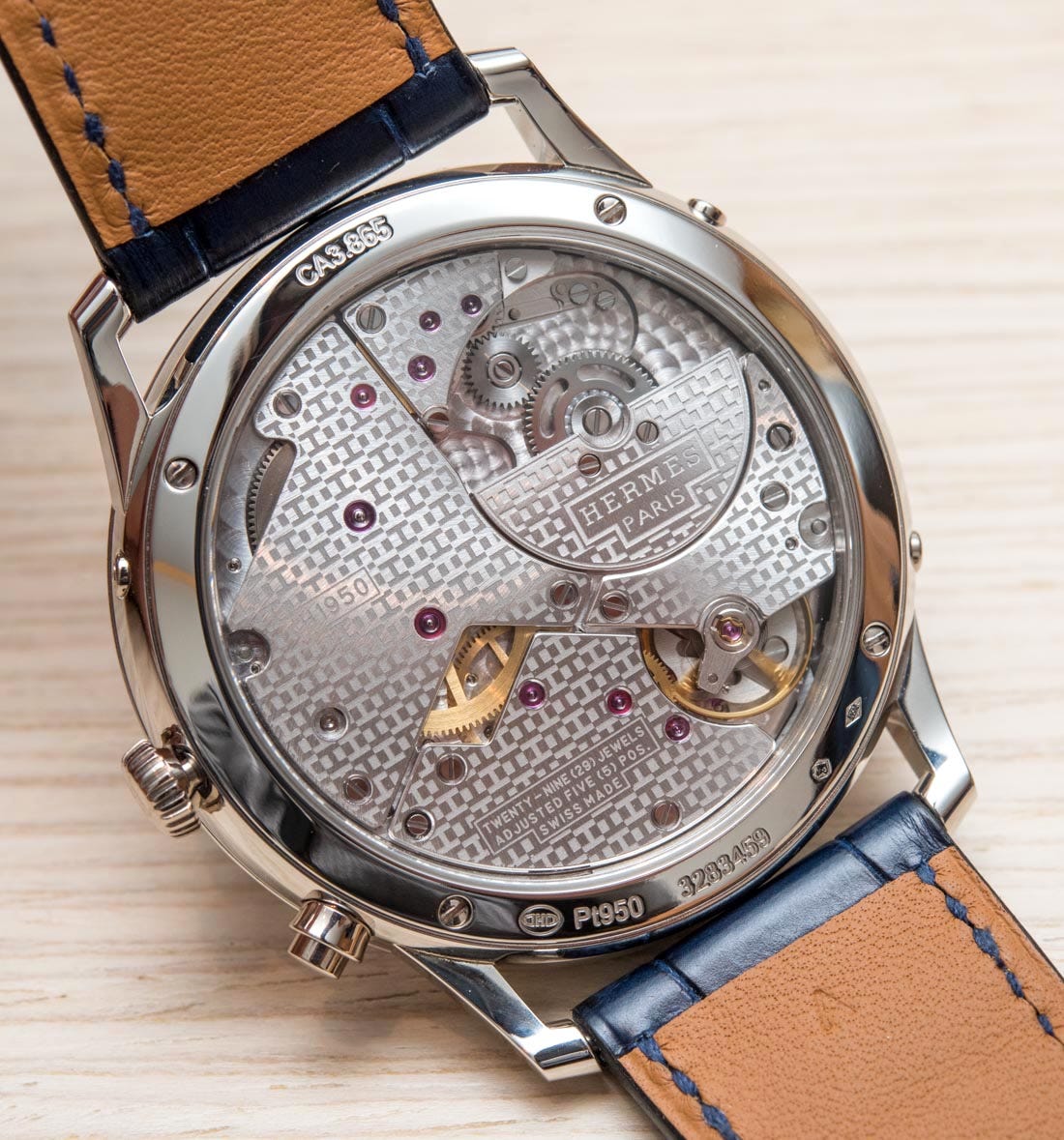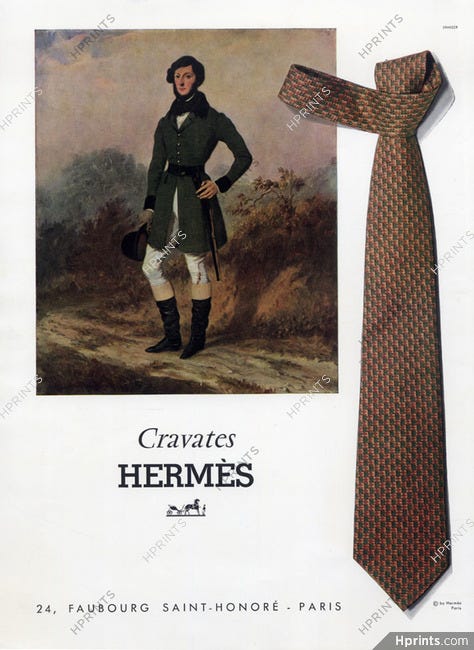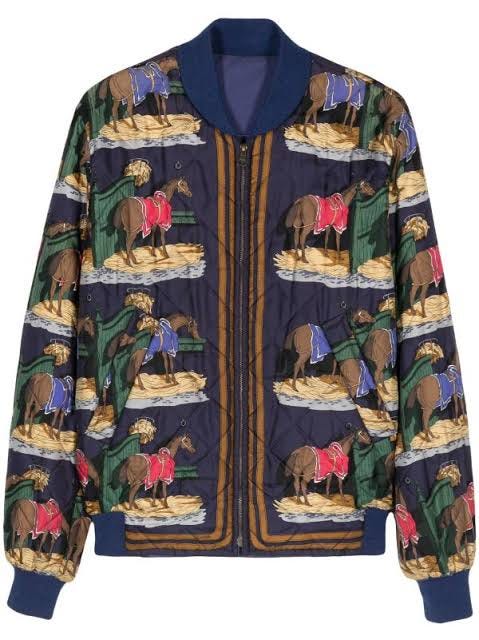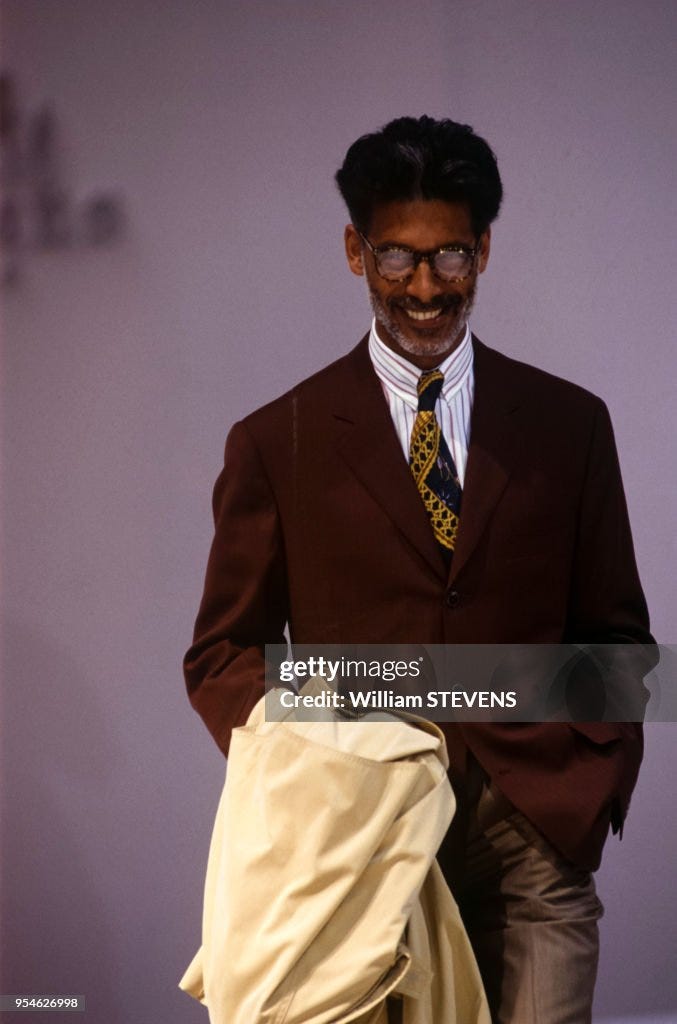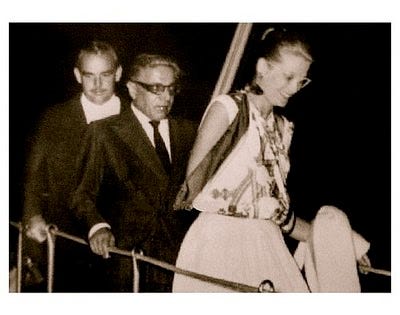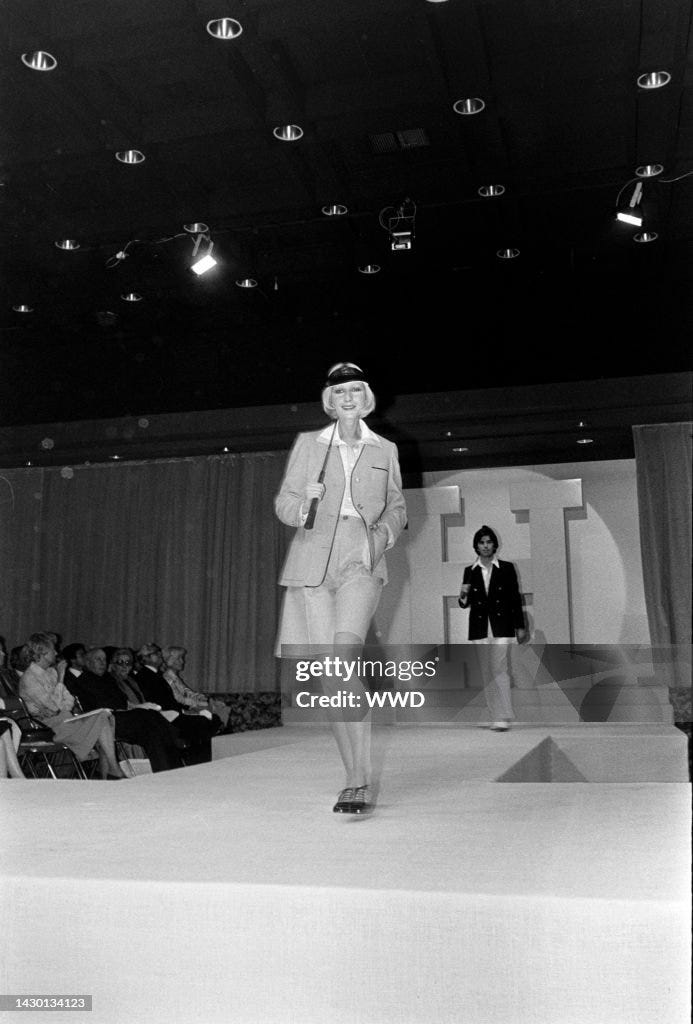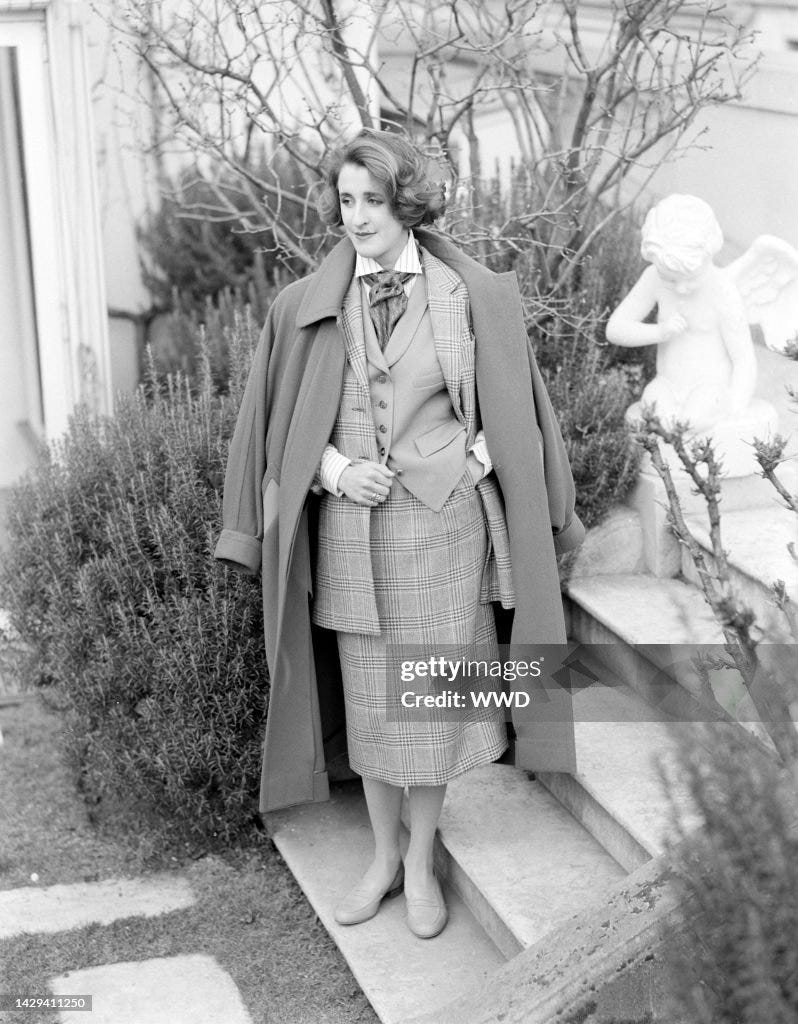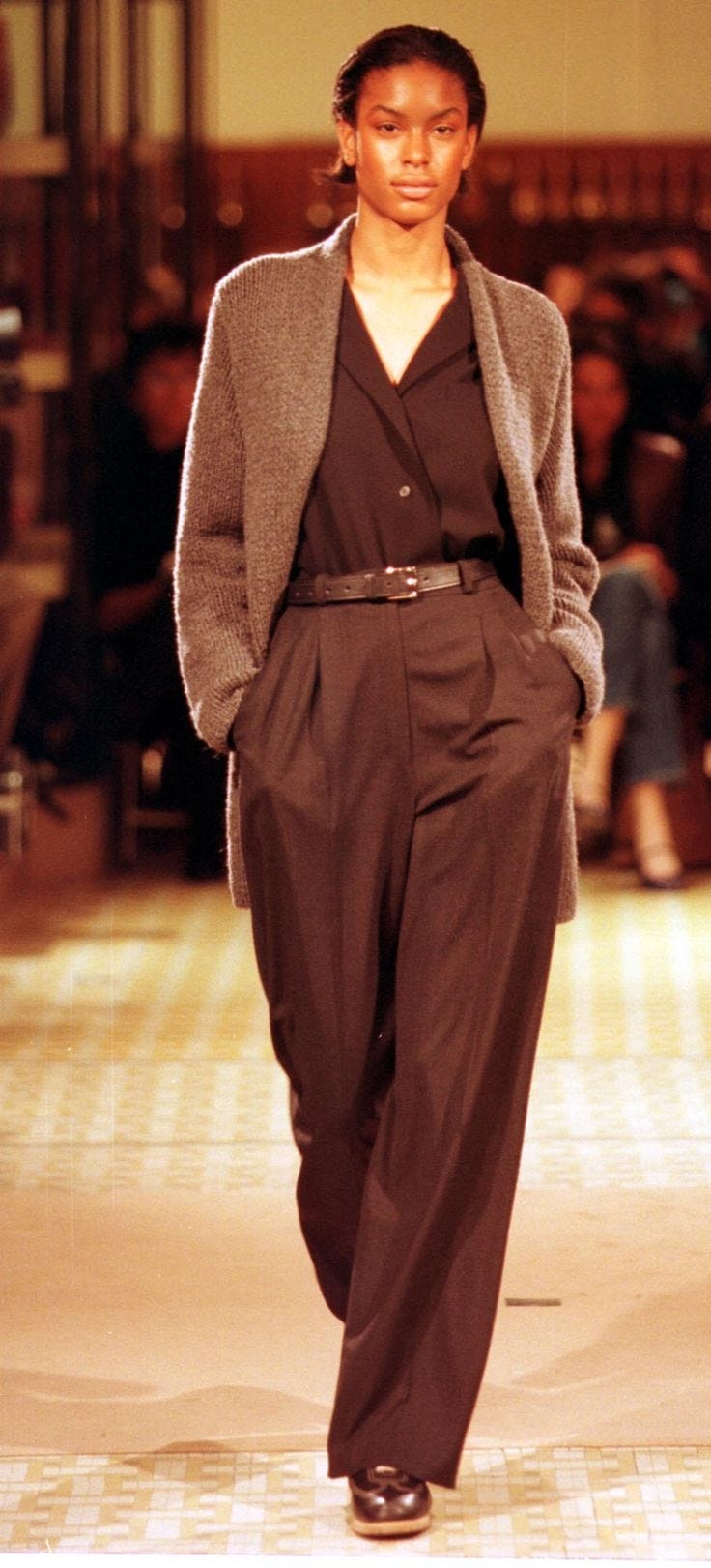Hermes - The Fashion House.
Exploring the fashion archives of Hermes from the 1920s to the 1990s.
Although Hermes was originally founded as a harness shop, mainly specializing in leatherworks. It gradually expanded its offerings and also established itself in the fashion scene.
Hermes Menswear
From 1902 to 1951 Hermes was under Emilie-Maurice Hermes’ direction. His personal interests, although still true to his roots, were more diverse compared to those of the leaders before him as he was more exposed to different cultures through travelling and the evolution of humanity during that era of the 1920s - 1950s. This helped with the brand’s diversification and almost seamless adaptation to the rapidly growing modern market of the early to mid-20th century, while maintaining its authenticity.
Under Emilie-Maurice’s direction, Hermes vastly expanded its brand offerings. From belts, to watches, notebooks, ready-to-wear clothing for both men and women and of course, more bags. During the 1920s till Emilie’s death in 1951, the brand also offered gloves for men and women for equestrian activities and special occasions. In 1925 the first men’s ready to wear Hermes golf jacket was created. This was also the same year that the brand custom made a golf leather jacket for the Prince of Wales.
What set the brand apart, even till this day, is the dedication to craft as well. Hermes is known for using high-quality durable materials. Their golf jackets as an example were made from calfskin leather, which is a very high-quality leather which I expanded more about in my “Birkin Bag” article. In 1928, the brand also began crafting sandals and leather watch straps. Hermes continued to expand in watchmaking through collaborating with Swiss watchmakers and eventually established La Montre Hermès in 1978, in Switzerland, where Hermes watches are formally manufactured till this day.
In 1949, following the successful launch of the ‘Jeu des Omnibus et Dames Blanches’ silk scarf in 1937; silk ties for gentlemen were introduced to the brand. These ties were and continue to be a symbol of high status amongst gentlemen because of their durability, quality and minimal designs. These ties are hand-sewn and 100% silk. Having been worn by high society figures like Prince Charles and a number of European politicians.
In the 1970s the first ready to wear men’s collection was released. It is difficult however to source the Hermes menswear items/images from this collection, however there are glimpses of the pieces from the 1976 Hermes Spring Wear Collection whereby both men and women’s ready to wear items were being showcased. Based on those archives the brand can be seen conforming to the funky bootleg and motorbiker trends of the 70s and 80s. The brand also introduced suits in this collection and casual-formal looks as well, with the white pant and shirt finished with a semi-formally fitted blazer with no tie.
In 1984 and 1985 Hermes released another ready to wear menswear collection which was more distinctively documented by the press. Despite the colorful, funky and streetwear trends of the 70s and 80s Hermes maintained its formal minimalism which can be seen in both collections. These consisted of suits, leather jackets inspired by the 1920s golf jackets and trench coats. The only pieces from this collection that aligned with the rebellious times in the 80s was the motorbiker inspired outfits. The brand did, however, gradually incorporate the colorful and funky trends into their pieces as seen with their bomber jacket below, while maintaining the brand’s theme of luxury and equestrian roots.
Despite the playful trends of the 70s and 80s Hermes still maintained the concept of the ‘Hermes gentleman’ through their collections while also diversifying men’s style with the Carre inspired men’s silk shirts, catering to a more casual style while maintaining its equestrian roots. The brand has since gone back to its roots of minimalism through color and shape in menswear, which we see a lot in the 90s. The concept of the classic Hermes gentleman made a comeback in the 1991 Fall-Winter collection that was showcased in France.
Hermes Womenswear
1929: The first women’s couture collection which consisted of a range of items, one of them being bathing suits (Luxity, 2020) which has been viewed at the Metropolitan Museum of Art (MET). Many of the other items in this collection are rare finds even in the form of images online.
Robert Dumas was married to one of Emilie Hermes’ daughters, he took over the brand after Emilie-Maurice. However, he actively contributed to the brand through his designs. He collaboratively designed the first Hermes silk scarf with Hugo Grykar. The scarf was launched in 1937. It was made out of Chinese silk and hand-stitched. The motif of the scarf was inspired by a 19th century board game called ‘Game of the Omnibus and White Ladies’ which was what the scarf was named, Jeu des omnibus et dames blanches (french translation). The scarf was a hit in the market and its demand increased with the likes of prestigious figures in society seen accessorizing with the scarf. From Queen Elizabeth to Princess Grace Kelly and John F Kennedy’s wife, Jacqueline Kennedy, making appearances with the scarf.
As the years have progressed, we’ve obviously seen many dupes of this scarf. I, myself have seen many in South Africa, I believe almost everyone’s grandmother has a scarf that appears to have been inspired by the Jeu des omnibus et dames blanches Carrés. Only 20 new designs per year are created for these Hermes silk scarves and as the years have progressed, the brand has recruited artists globally to diversify the designs of the scarf.
From 1967 till 1983, Hermes entrusted womenswear to Catherine Karolyi. She went on to design the iconic H Buckle belt which became a huge success and later also integrated in menswear. Prior to her direction, Hermes womenswear catered to a range of women’s style, although mostly feminine and modest. Based on the archives available on the Metroplitan Arts Musuem and Getty Images the brand prior to Karolyi didn’t seem to have a rigid concept of the ‘Hermes’ woman. Under Karolyi’s direction the image of the Hermes woman continued to diversify and underwent a subtle reinvention that was solidified by Martin Margiela in 90s and early 2000s. Initially when Karolyi took over womenswear, she still stuck to the equestrian theme which can be seen in the 1969/1970 sports collection and in some archives prior. However gradually she began to showcase her creative vision for the Hermes woman.
In 1976 Hermes debuted their Spring Ready To Wear collection, both for men and women. In this collection, under womenswear, we see items created for the ‘bold, fearless and fun businesswoman. We see the Hermes woman adapting to a more unisex style with Bermuda shorts. Although the collection was still widely modest and feminine there were elements of rebellion and fearlessness through the ‘shorts’ pieces that were introduced with no coverups as they previously would have been styled with for women. We were also introduced to the dress blazer with a semi-deep v neckline; again, an example of rebellion the modest Hermes womenswear prior to the 1970s. The collection still also stayed true to its roots with equestrian outfits both for men and women.
In the 1980s Hermes began to conform more distinctively to the exaggerated trends of the 80s mainly through shape with the puffy sleeves on women’s blouses, the sharp edge designs on blazers and the blazer dress as well as the versatile prints. Womenswear evidently seemed to take a bolder masculine turn with the introduction of women’s suits, catering more to the career women. The brand still managed to maintain the femininity, modesty and high status of the Hermes woman despite the funky casual styles of the trends in the 80s, while sticking to its roots but pushing the boundaries just enough. Leatherwork pieces began to also expand into clothing with the rise of the leather trend in the 80s. This worked in favor for Hermes as it is a brand first acknowledged for its quality and durable leather. What I would say set the brand apart during this eccentric time, which didn’t necessarily align with the brand’s image and style; was its ability to seamlessly adapt with the vibrant trends while still staying true to its roots of simplicity, quality, luxury and equestrian culture.
The early 90s saw Hermes womenswear still on the 80s colorful high but with a more well-refined image that represented Hermes, with Hermes Carre inspired prints on jackets and capes, as well as the bright choice of colors in the ready-to-wear collections from 1991 to 1996.
From 1997 till 2003 Martin Margiela was entrusted with Hermes womenswear. Although his debut from 1997 to 1998 was still feminine, under his direction womenswear gradually took an even bolder unisex and minimal turn compared to the distinctive patterns, colors and sharp shapes of the 80s; especially from 1999 to 2000.
Towards the end of Margiela’s direction from 2001 to 2003, Hermes womenswear still maintained a well-balanced feminine and masculine touch. The collections from these time periods seemed to cater more to the concept of the ‘career woman’ with the strong use of palazzo pants, formal straight leg trousers, modest to semi-modest shirts/tops and the trench coats completed with a Hermes loafer or loafer heel.
Conclusion
Although Hermes is popularly known for their leatherworks, I also believe the brand served as a source of inspiration to brands like Versace, with their silk shirts and motif designs, and Ralph Lauren with the sports themes and classy minimalism. Hermes as a fashion house has since continued to evolve and adapt new concepts to their fashion collections, which can be seen on Getty Images and Vogue.
Bibliography
Hermès. “Six Generations of Artisans | Hermès USA.” Www.hermes.com, 2024, www.hermes.com/us/en/content/271366-six-generations-of-artisans/.
tie, H Speed. “H Speed Tie.” Hermes.com, 2025, www.hermes.com/us/en/product/h-speed-tie-H339390Tv01/. Accessed 22 Jan. 2025.
bonline. “Hermès History: The Brand behind the Birkin | Luxity’s Luxury South Africa Blog.” Luxity’s Luxury South Africa Blog, 30 June 2020, luxity.co.za/blog/hermes-history-the-brand-behind-the-birkin/.
Hartov, Oren. “The History, Making and Significance of the Hermès Silk Scarf.” Analog:Shift, 2024, www.analogshift.com/blogs/transmissions/hermes-scarf-history?srsltid=AfmBOor1EkWb06CxU1KthKdEe_1Dpu03VC1Qf6ym3_wiOyewmpdYP1Ip. Accessed 22 Jan. 2025.
Carreon, Blue. “What Martin Margiela Brought to Hermès.” Forbes, 2017, www.forbes.com/sites/bluecarreon/2017/09/26/what-martin-margiela-brought-to-hermes/. Accessed 22 Jan. 2025.




